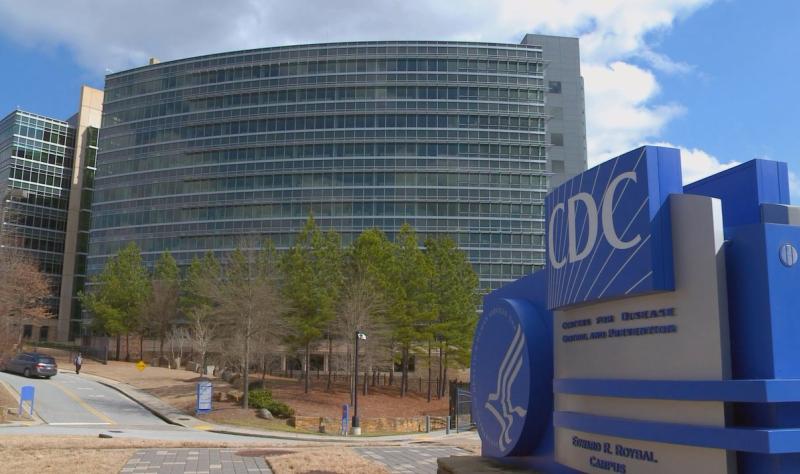Wastewater COVID-19 levels falling across Minnesota


Coronavirus levels in sewage samples have declined over the past week across Minnesota, including at the Metropolitan Wastewater Treatment Plant in St. Paul where the viral load dropped 12%.
Friday’s wastewater data reflects the third straight summertime drop in COVID-19 activity as Minnesotans spend more time outdoors where viral transmission risks are lower. Viral levels declined in all six reporting regions this week, based on sewage sampling at 40 additional treatment plants accounting for 67% of the state’s population, according to the University of Minnesota.
Sewage sampling is considered a reliable measure of the pandemic because it isn’t influenced by whether people are seeking COVID-19 tests or not. Right now, it is matching COVID-19 case trends in Minnesota, where the seven-day average of new infections has declined from 2,100 per day in mid-May to less than 1,500 per day.
COVID-19 hospitalizations in Minnesota dipped back below 400 to 393 on Thursday, and only included 31 people requiring intensive care because of breathing problems or complications from their infections.
Health officials are hopeful that declines in infections and viral levels will pull down the number of COVID-19 deaths — with the state averaging about five to six per day and reporting another four on Friday. Risks have been highest this spring among Minnesota seniors, who have accounted for 88% of the 208 COVID-19 deaths reported since the start of May. Minnesota’s total count of COVID-19 deaths is now 12,744.
Minnesota saw an increase on Thursday from five to nine counties where the Centers for Disease Control and Prevention recommends indoor mask-wearing because of a combination of high infection and COVID-19 hospitalization rates. However, some of the new high-risk counties such as Big Stone, Pope and Traverse in western Minnesota are smaller and are likely to see fluctuations in risk designations from week to week.
The Twin Cities metro area is listed at low to moderate COVID-19 risk this week.
The viral load at the St. Paul wastewater plant is at its lowest since mid-April. Two fast-spreading BA.4 and BA.5 coronavirus variants made up 43% of the viral material found in wastewater, though — an increase from 32% a week earlier.
Health officials remain concerned about the potential for these variants to spark increased COVID-19 activity, though they produced lower rates of severe illness than other variants when they were first discovered in South Africa.


